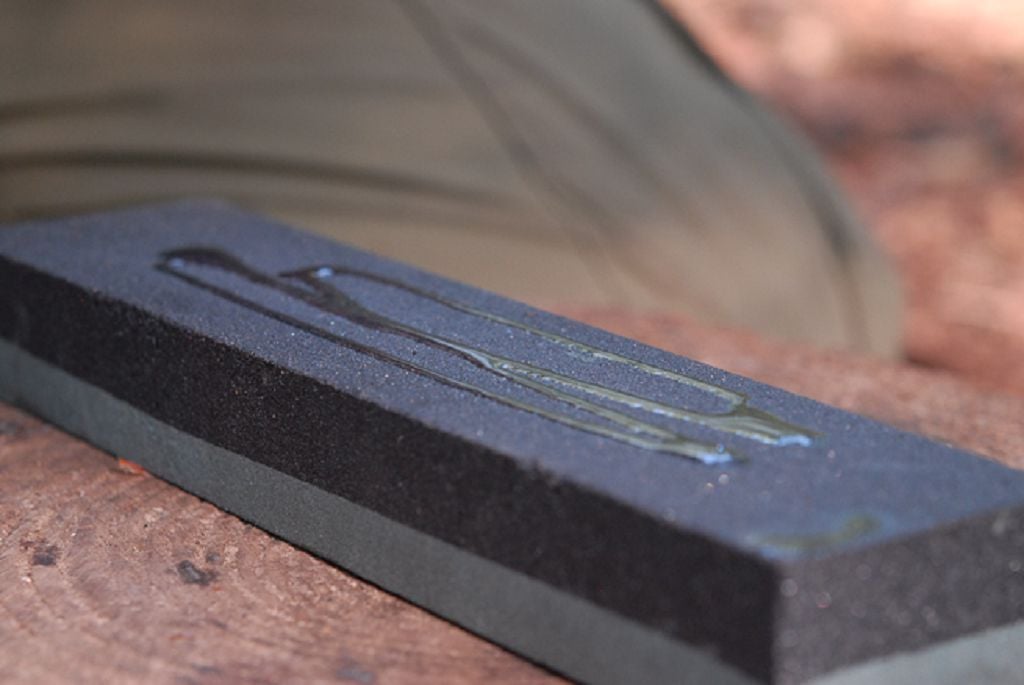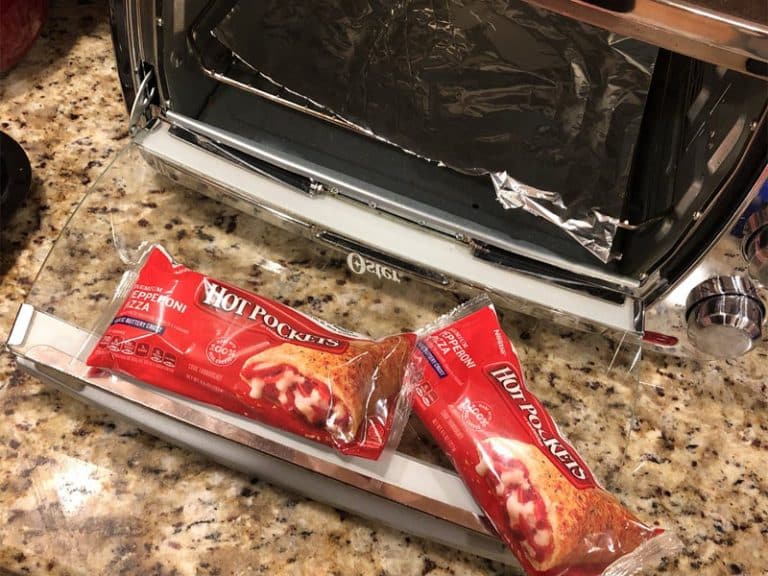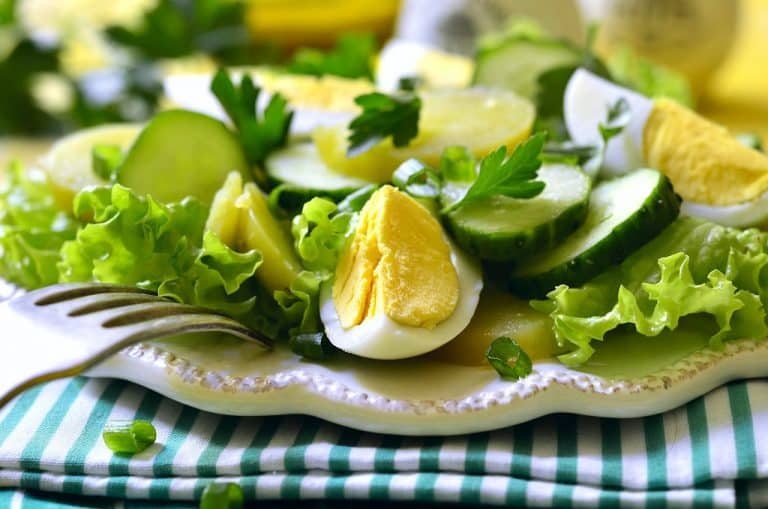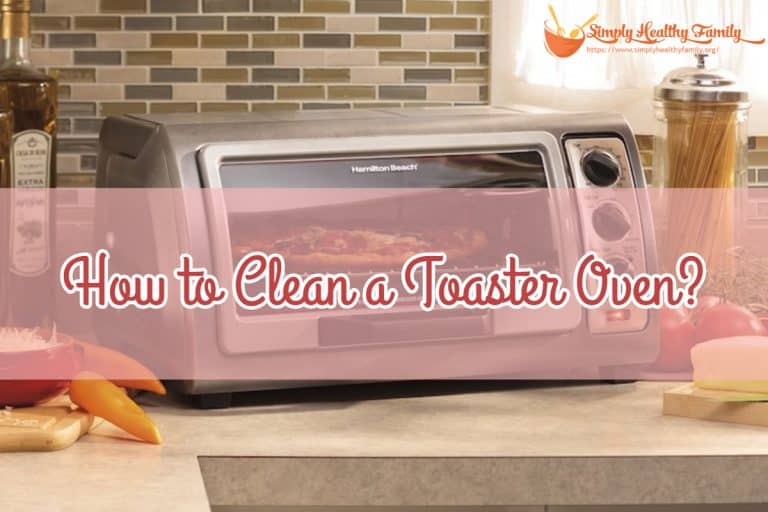How To Clean A Sharpening Stone? Learn The Steps Here
Knives are indispensable in the kitchen. Without it, you won’t be able to slice salmon, cut frozen meat, chop fruits and vegetables, and do similar tasks needed to complete a recipe.
The last thing you want to happen to your knife, whether it is a boning or a butcher knife, is for it to become dull. A knife that isn’t sharp won’t only be a nuisance in the kitchen but can also be dangerous. That’s why you need to invest in a good sharpening stone.
Let’s say that you have a sharpening stone at home. However, you have absolutely no idea how to clean it. What would you do? Should you buy a new one? Don’t fret as I would share with you the secrets in cleaning a sharpening stone.
What is a sharpening stone?

As the name suggests, a sharpening stone can maintain the sharp edge of any knife. It is considered the most traditional and so far, the best way to sharpen a knife.
There are five types of sharpening stones—oil stones, diamond stones, water stones, ceramic stones and synthetic stones.
Oil stones are the most commonly found in the hardware stores. While known for being cheap, oil stones can deliver good overall performance.
Diamond stones are getting more popular these days because these can cut very fast. However, diamond stones are very sharp that they can leave scratches in the blade.
Water stones, on the other hand, are relatively new. Like diamond stones, this can cut very fast. It also uses water instead of oil in removing the swarf from the stone.
Ceramic sharpening stones are ideal for advanced users. These stones are very tough and could sharpen knives very fast.
Finally, synthetic sharpening stones are ideal for sharpening stainless steel knives and traditional Japanese single sided blades. Some synthetic stones have to be soaked in water first before being used.
But no matter how tough a sharpening stone is, it would eventually fall prey to metal particles filling its holes. These particles can clog the sharpeners and affect their performance.
How to Clean a Sharpening Stone?
Regardless of the type of sharpening stone you have, you will realize that cleaning a sharpening stone isn’t that hard at all.
Ingredients

These are the things you will need to clean a sharpening stone:
- Honing oil
- Towel
- Old toothbrush or rag
- Steel wool
- Warm and soapy water
Step by step guide

- Start by pouring honing oil all over the sharpening stone. This is particularly recommended for a stone that has glossy gray streaks, as this indicates that debris has accumulated over the sharpening stone. Don’t be afraid to coat every inch of the stone, or making multiple passes all over the sharpening stone if necessary.
- Place the sharpening stone under a towel. This should ensure that you can catch the excess particles coming from the stone.

- Once the stone is covered with honing oil, use an old toothbrush or rag to get rid of the debris on the stone. Steel wool can be an alternative if your sharpening stone is extra dirty and grimy.
- You can make horizontal strokes or circular motions in cleaning the sharpening stone with a steel wool or toothbrush or rag. You will see the grit rising up through the pores in the sharpening stone. Wipe the stone with the towel.
- If you use a water-based honing oil, you have to clean the stone with warm, soapy water.

- Rinse the sharpening stone under running water.
- Pat it dry with a clean rag or paper towel.
Alternatives to Honing Oil

But what if you can’t find honing oil in your place? Or perhaps you run out of this cleaning solution? Is there any other way to clean the sharpening stone?
Yes, there are several alternatives to honing oil. You can use WD-40, a popular lubricant and rust removal product.
Use WD-40 the same way you would with honing oil. It’s effective in removing particles and grime from a sharpening stone.
However, you must know that WD-40 can leave a stinky smell on your stones.
You can also try oil like automatic transmission fluid. It can be useful in cleaning diamond sharpening stones. The downside is that it smells bad. And it can discolor a light colored sharpening stone because it contains dye.
Brake cleaners can also be used for cleaning a sharpening stone if there’s no honing oil. But break cleaners are toxic so don’t use it regularly.
Conclusion
Just like any other tool, you can ensure that a sharpening stone can be useful for many years when you regularly clean it. There’s really no reason why you would fail to do so given that cleaning it is easy as A-B-C.






